This museum seems to explicitly allow cameras. My regret is that I didn't bring the Pentax 67 and a real tripod. Carrying it around for a week would have been a small price to pay for a better chance at scenes like this.
The SAB conference itself was good; it usually is. I attended the active sensing workshop which had a really good talk (and a related talk in the main conference) about how insects use visual flow not just for short-term navigation but also for elevation control. If insects try to keep the ground below moving at a constant speed they can regulate their speed, and start and land simply by changing the flying height, and they will automatically land if the wind grows too strong to fly in. Another good talk was about how weakly electric fish actually decide the location of obstacles based on potential changes along the electrical sense organs (here's their conference paper).
The coffee breaks were not at the museum, but at the Paris Mosque right next door at a restaurant and cafe. Again, it's a far cry from the usual table set up outside the conference rooms, and apparently cheaper as well.
My favourite talk at the conference was about a slime-mold inspired robot by Andrew Russell (he doesn't seem to have the robot on his website yet). It used active smell - send out a puff of alcohol, then sense the concentration around the robot - to find obstacles, and it also had a simple but ingenious way to create omnidirectional movement without having to deal with complex, expensive omnidirectional wheels. Exactly the kind of creative and slightly oddball research I hope to find at this conference.
There were a couple of fun papers on rat whiskers, how rats use them to sense their environment and how we could use them for robotics. The whiskers are not passive touch sensors; the rat constantly sweeps them about to feel not just the position and range of obstacles but also texture and other features of its environment. And the groups are of course building whisker-equipped robots to test their models in the real world. Makes me want to do the same.
The title Insectomorphic Robot Maneuvering on a Movable Ball says it all, really. If you have an insect-like robot, how can it climb onto a large ball, move about by rotating the ball with its legs, and then get off again? My reaction was, in order: "Heh. Fun." Followed by "Why on earth would you want to do this?" immediately silenced by "I would love to have a robot insect balancing on a ball! An entire robot circus! With steam-powered mechanical elephants!" But yes, there's a serious angle to this: Robots need to adapt to a dynamic world where their actions affect the world in turn, and getting onto and balancing on a large moveable ball is a neat, well-defined test problem. Still: I want my Arachnoid Acrobat Automatons!
My own talk, about our model of the early saccade generation system, was just a little abstract for this conference. We don't use a robot or any kind of real-life input yet, and the model itself is too computationally intensive to be immediately useful in robotics so we got a bit of criticism for that. Our aim is to understand the original biological system at this stage, rather than create an effective synthetic one. We were far from the only abstract paper of course, but it's the papers with tangible results that people really like in this conference. The papers I mention above are all practical in nature.
Here's the whole proceedings if you have institutional access (springer is pretty uptight about access rights). If not, there's plenty of other ways to find the papers of course.
The workshops and the poster sessions were not at the museum, but at the Zamansky Tower in Marie Curie University. At the top floor. The view is quite breathtaking; you can see a shot from there in the first post from Paris.
Every conference gives you stuff. Not just the proceedings, but anything from notebooks to bags to pens to coffee mugs to keyrings... They come from the conference itself, from sponsors and from who-knows-where. We got the usual conference bag with a notebook, a flipbook and bookmark with all conference poster designs (most of them made by Jean Solé and really cool - see previous ones here), proceedings and data on a CD - and The Pen.
The Pen is almost everything you need for a conference. There's never a laser pointer around when you need one, or if there is the batteries have just run out. And in case disaster strikes and you lose your laptop - could be dropped, get stolen, taken in customs, have coffee spilled all over it an so on - you need backups of your presentation1 and all your important travel information. With your data on a memory stick you can at least borrow somebody's laptop and give your talk.
The buffet at the poster sessions. Between the food and the view a lot of people had trouble focusing on the posters, and that included some of the poster presenters.
The last day of the conference was not in Paris but in Amboise a couple of hours away. Clos Luce is where Leonardo da Vinci spent the last few years of his life, invited by some king or other. Today it's a museum and conference place. Very pleasant. We had a final session and the panel discussion at the mansion, followed by lunch.
Replica helicopter design by da Vinci. Not likely to fly anytime soon. As someone pointed out at the conference, if you want to become known as an inventor it certainly helps to be a world-famous artist first.
We left the mansion in the afternoon for a wine cellar tour and wine tasting event at the nearby Les Caves Duhard. They're a wine wholesaler with a set of limestone tunnels to store wine. The tour is fun, and the wine tasting and dinner/snack was great. Various kinds of wines and plenty of cheeses, sausage, fruits and other stuff to enjoy with it.
#1 A tip: save your Powerpoint or Openoffice file if you want, but also export the presentation as a PDF file. PDF viewers have a "presentation mode" that lets you show the PDF as a presentation. And since you have all graphics and all non-standard fonts and everything embedded in the file itself it is sure to work no matter what kind of computer you end up showing your presentation from. It's no fun to have half your text missing because you used a locale, font or character encoding that's not installed in the particular computer you use.
And if you have a poster, also print it out as a set of A3 or A4-sized tiles and stick in an envelope in your bag. If something happens to your poster you can still tile these on the poster board with thumb tacks. Not as neat as a real poster but much better than showing up empty-handed.
And if you have a poster, also print it out as a set of A3 or A4-sized tiles and stick in an envelope in your bag. If something happens to your poster you can still tile these on the poster board with thumb tacks. Not as neat as a real poster but much better than showing up empty-handed.

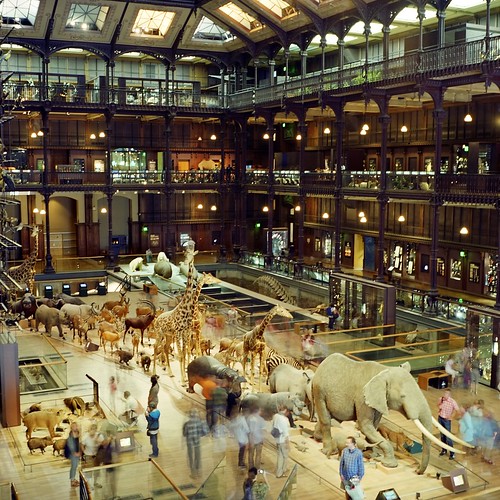
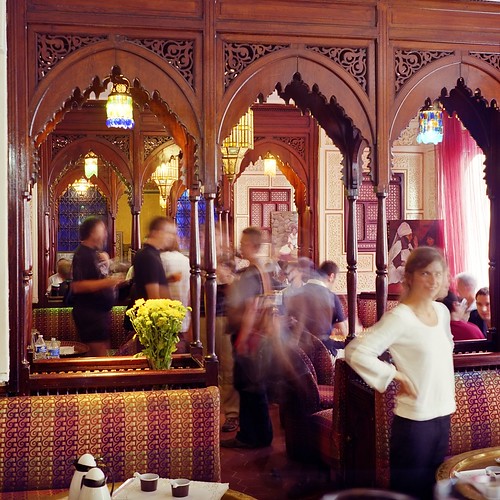


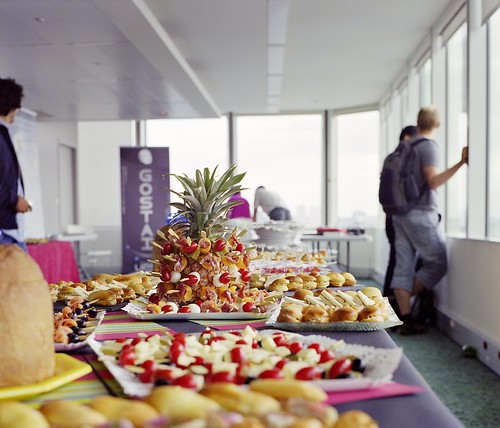
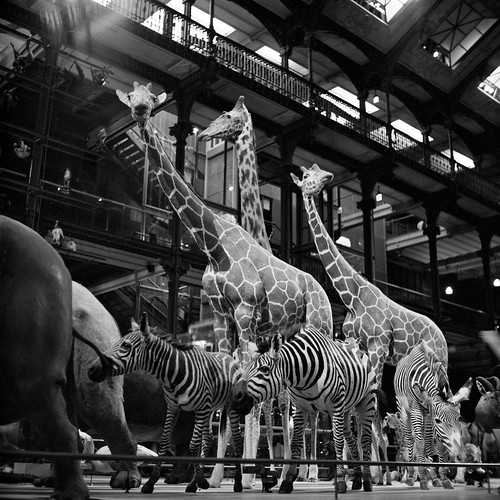
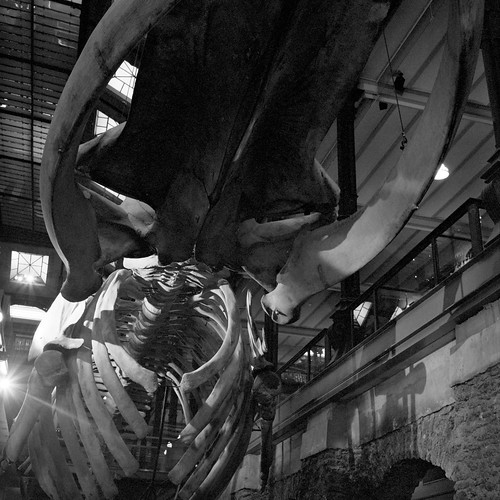
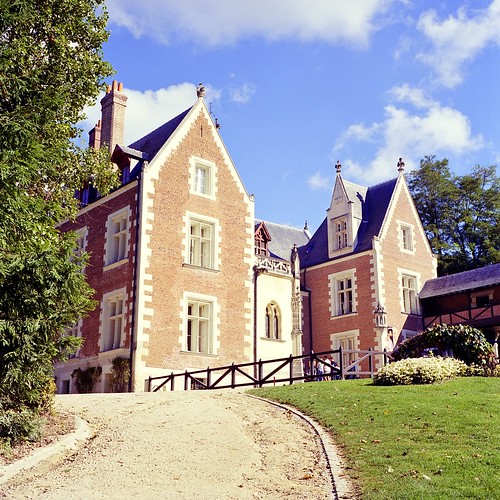
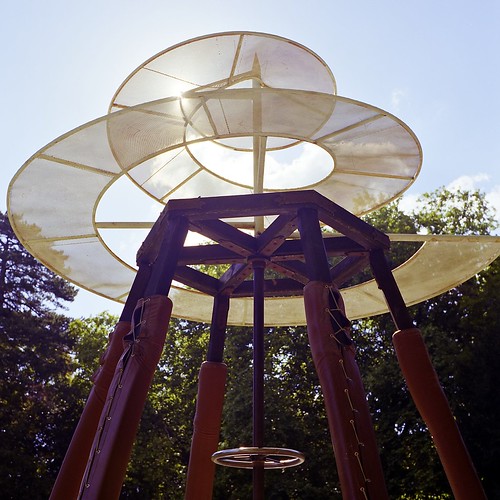
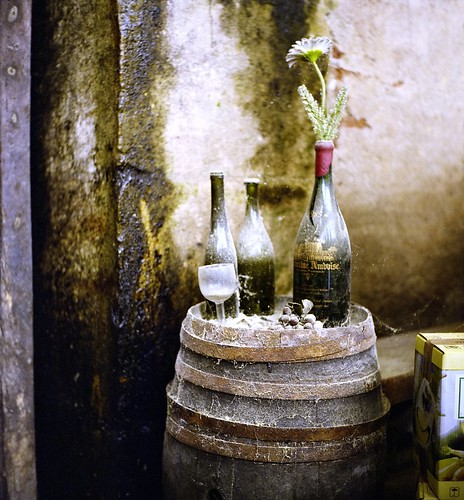

Looks like a really fun conference in beautiful settings. And the talks sound awesome! Would love to hear more about insect robots and a little less about Feshbach resonances and POVMs at my conferences...
ReplyDeleteIt's a fun conference. But it's a pretty special one for me too; most conferences I go to are interesting and informative but pretty dry.
ReplyDeleteI was at NEURO 2010 right after Paris and it was just roomfuls of talks and posters about some detail on glutamate receptors, molecular mechanisms for neuron migration, correlated firing patterns in CA1 and CA3 of the hippocampus and so on. Again, interesting and informative, but ball-balancing insect robot it's not...